'Love, desire, faith, passion, intimacy, God, spiritual consciousness, curiosity and adventure': The world of Stanley Spencer, a very English visionary
Stanley Spencer’s talent for seeing the spiritual in the everyday, his stirring sense for the wonder of Nature and his love for the landscapes of Berkshire and Suffolk shaped his art, as Matthew Dennison reveals.
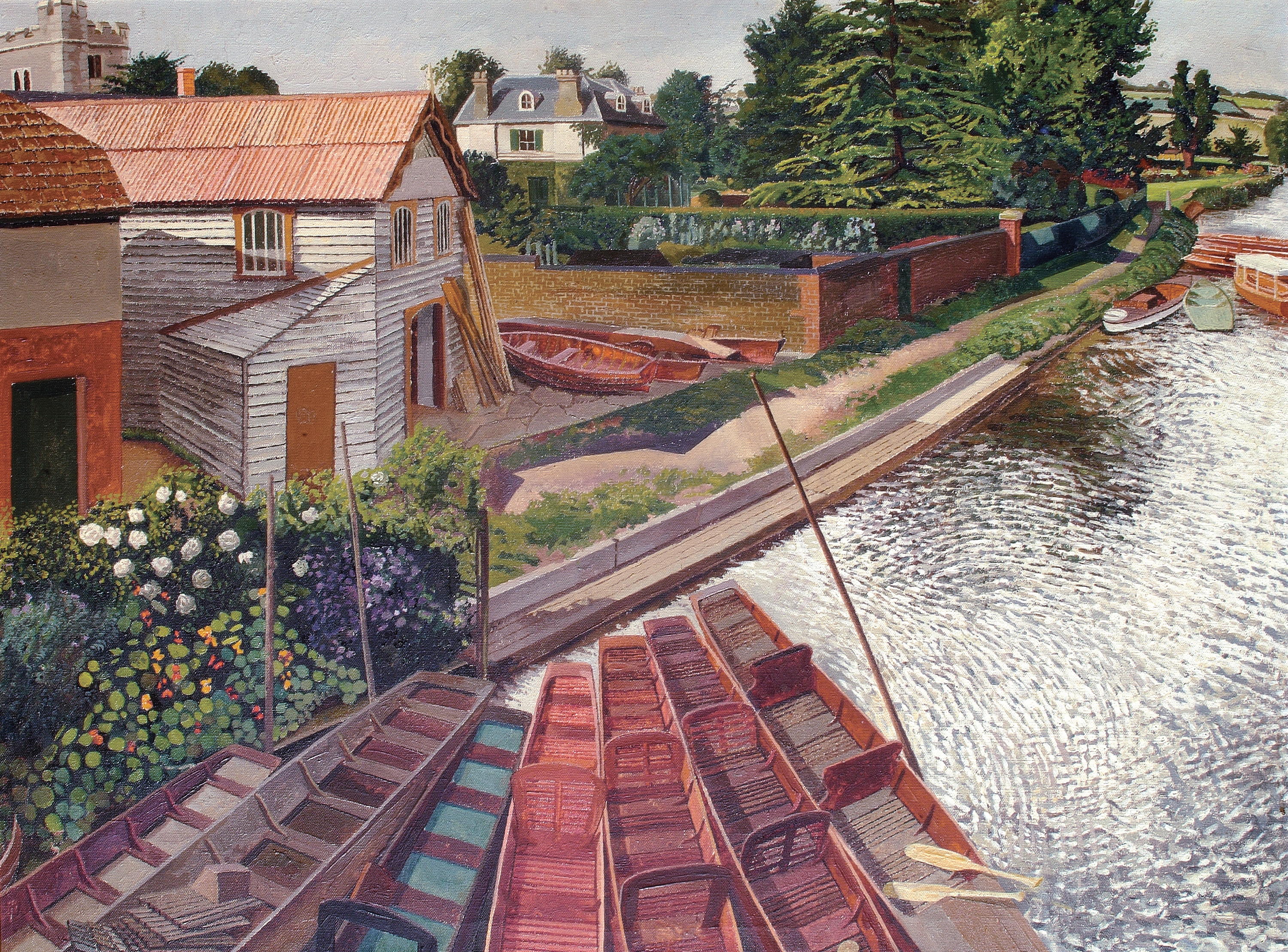
Throughout his life, Stanley Spencer was drawn to the numinous. As a small child, he defined angels as ‘great big white birds wot pecks’; he likened the sound of his brother William, a child prodigy, playing Bach on the organ of the village church, to the joy of angels. The village in question was Cookham, on the Thames, close to Maidenhead in Berkshire, afterwards described by Spencer as ‘my Paradise’. He was born there in 1891 and died there 68 years later: so great was his attachment to it that, as a young man, his fellow Slade School students called him ‘Cookham’. In the village, where his father read the Bible aloud daily to all nine Spencer siblings, he was ‘brought up with the notion that Heaven was, if not all enveloping, at least straight ahead’ and there he would set a number of religious paintings, in which Christ and New Testament figures such as Zechariah and Elizabeth, the parents of John the Baptist, appeared in its lanes and churchyard and among the boats of its annual regatta.
Among Spencer’s particular gifts was an ability to discern the spiritual in the everyday, in the allotments, wrought-iron railings and rows of cabbages of an English village. ‘My feeling for things being holy was very strong,’ he wrote. Sometimes, it came upon him suddenly, he explained in 1934, and he ‘became aware that everything was full of special meaning and this made everything holy’.
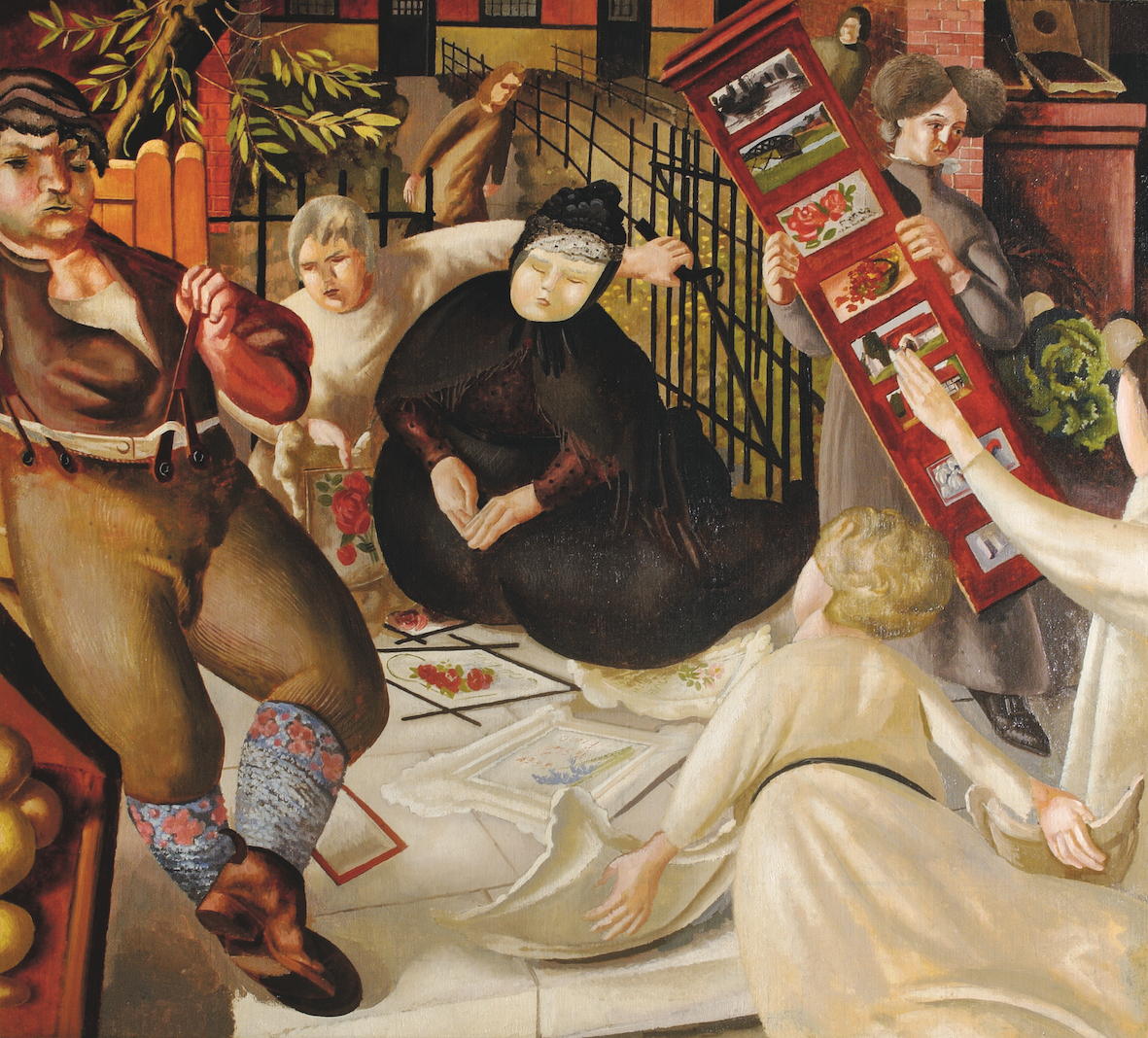
Spencer makes Cookham a setting for spiritual scenes in the aftermath of an unsettling 1910 sighting of Halley’s Comet in Sarah Tubb and the Heavenly Visitors, 1933.
Spencer’s strong religious faith, inculcated during his childhood in what was then a fairly isolated village community, never left him. It encompassed a stirring sense of the wonder of Nature, which also lasted for the rest of his life, colouring every engagement with his surroundings, from a stand of dead nettles encountered in the corner of a meadow to ancient Ming tombs seen on a tour of China in the mid 1950s. A thread of religious absorption was a feature of his volubility, his conversation, a friend remembered, typically ‘of Ibsen and malthouses, frescos, religion and morality’. Unsurprisingly, forceful religious faith irradiated many of his paintings and affected his attitude to realism in his work. As his own focus oscillated between the natural and the supernatural, so his paintings betrayed by turns a pre-Raphaelite level of exactitude and an idiosyncratic stylisation intended to convey the miraculous nature of events being portrayed.
Pure landscapes and Nature studies such as Cookham of 1914, The Vale of Health, Hampstead (about 1940), The May Tree (1933) and Ricketts Farm, Cookham Dene (1938), complete with piglets and lopsided hay ricks, embody what Spencer described as his ‘personal value of the Englishness of England’. Other images set aside conventional realism, their unsettling visual idiom adding to their impact — Christ’s Entry into Jerusalem, painted early in his career, and the late Crucifixion of 1958, commissioned for the chapel of a boys’ boarding school.

Rediscovering love: the artist’s beloved Berkshire landscape is united with his infatuation, Patricia Preece, in 1935’s Patricia at Cockmarsh Hill.
Art, Spencer once wrote, emerges from a melting pot of feelings and experiences: the mix he described would have surprised some of his contemporaries: ‘Love, desire, faith, passion, intimacy, God, spiritual consciousness, curiosity, adventure.’ Not for Spencer the hostile antithesis of religion and sex that characterised the culture of recent generations, including his own God-fearing parents and grandparents. Sex and an earthy fleshiness also play their part in the work by this preeminent 20th-century English visionary.
A very short man, he conceived a large and distinctive, highly personal vision. Much of it was shaped by events in his own life and the places in which he spent time — Cookham, but also the north of Suffolk, around Wangford and Southwold. The area played a key role in both his art and his personal life, as an exhibition opening this week at Gainsborough’s House Museum in Sudbury, ‘Love & Landscape: Stanley Spencer in Suffolk’, reveals. It was there, in the parish church of St Peter and St Paul, Wangford, that Spencer married fellow artist Hilda Carline on February 23, 1925, and here that the couple spent their honeymoon.
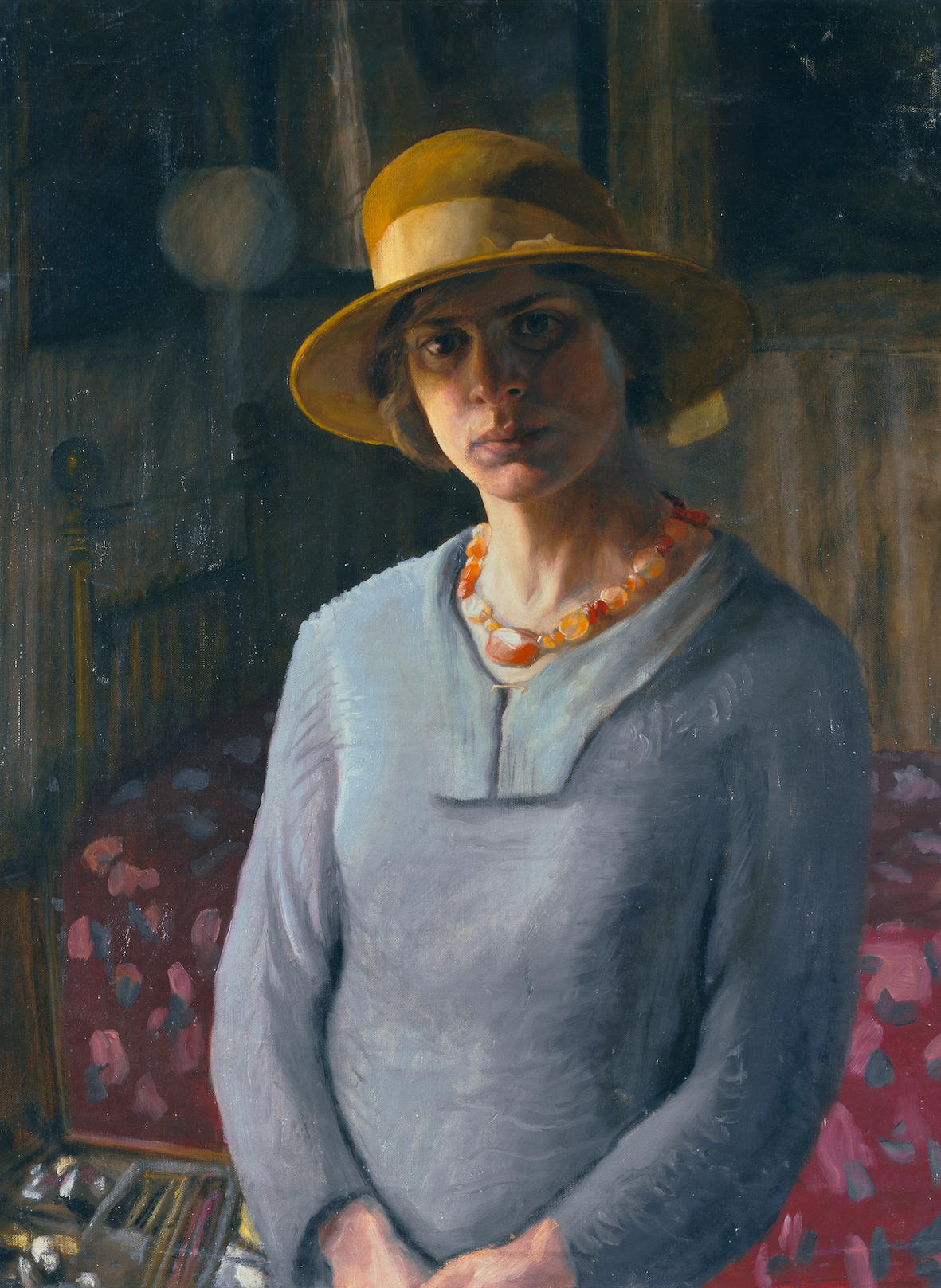
Hilda Carline’s Self-Portrait, painted in 1923.
Spencer made a number of paintings of Suffolk farmyards and landscapes, including Tree and Chicken Coops, Wangford, Turkeys and The Red House, Wangford. When, a decade later, Spencer’s first marriage ended unhappily and he found himself trapped in a loveless, unconsummated second one, he returned alone to north Suffolk in an unsuccessful attempt to rekindle vanished happiness. Then, he painted the beach at Southwold, an enigmatic image with its rows of striped deckchairs and sagging lines of drying bathing costumes. It offers the viewpoint of an observer, detached from the scene, at a remove from the pebbled beach and its happy holiday atmosphere.
Exquisite houses, the beauty of Nature, and how to get the most from your life, straight to your inbox.
Another important influence for him came in the form of early Italian masters, including Duccio, Masaccio, Giotto and Fra Angelico, which he discovered when he trained as an artist at the Slade School from 1908–12, after having been mostly educated at home by his sisters. The directness of their work thrilled him as much as their religious subject matter and led him towards mural painting, which came to occupy an important place in his own output — Spencer frequently referred to himself as a muralist.

Southwold, Suffolk, 1937, offers the view of a detached observer.
Best known among his mural commissions is the sequence of paintings he completed for the Sandham Memorial Chapel in Burghclere, Hampshire. The commission occupied Spencer for six years, much of it shaped by his own experiences in Macedonia during the First World War. He devoted almost a year to the largest panel, The Resurrection of the Soldiers, in which, to remarkable effect, a tangled netsuke of human and animal bodies recedes from view beneath a jumble of white wooden crosses. Cottages at Burghclere, one of his best-loved, most ‘English’ views, was also painted during this period.
Spencer once claimed that his only really significant love affairs had been with places. Chief among them were the village in which he was born and in which he spent much of his life and, as the Gainsborough’s House exhibition shows, landscapes associated with early years of his first marriage. Religion, he said, ‘came into my vision quite naturally, like the sky and rain’. Hypnotically, it coloured sky, rain, fields, rivers, whole villages and whole vistas.
‘Love & Landscape: Stanley Spencer in Suffolk’, is at Gainsborough’s House, Sudbury, Suffolk, from November 15–March 22, 2026 — www.gainsborough.org
Paintings courtesy of Stanley Spencer Gallery, Cookham; Estate of Stanley Spencer; Bridgeman Images; Aberdeen Art Gallery; Tate
A very Berkshire Eden
There was a ‘sacred quality in most unexpected places’ in Cookham, Stanley Spencer suggested in middle age. This awareness on the artist’s part lent a brooding, pregnant, eerily still quality to a handful of overtly realistic views of the village and its surrounds that he painted in the 1930s. All are characterised by shimmering intensity. Gardens in the Pound, Cookham, with its vivid red bedding plants and rope-twist glazed-terracotta bedding edging, Cookham, Flowers in a Window, in which each vein of hellebore leaf and filament of crocus is crisply delineated, and the magnificent Bellrope Meadow, bathed in golden light, every petal and leaf of purple aster clean cut, all celebrate an earthly Eden rooted in ordinariness, elevated by the artist’s unwavering affection.
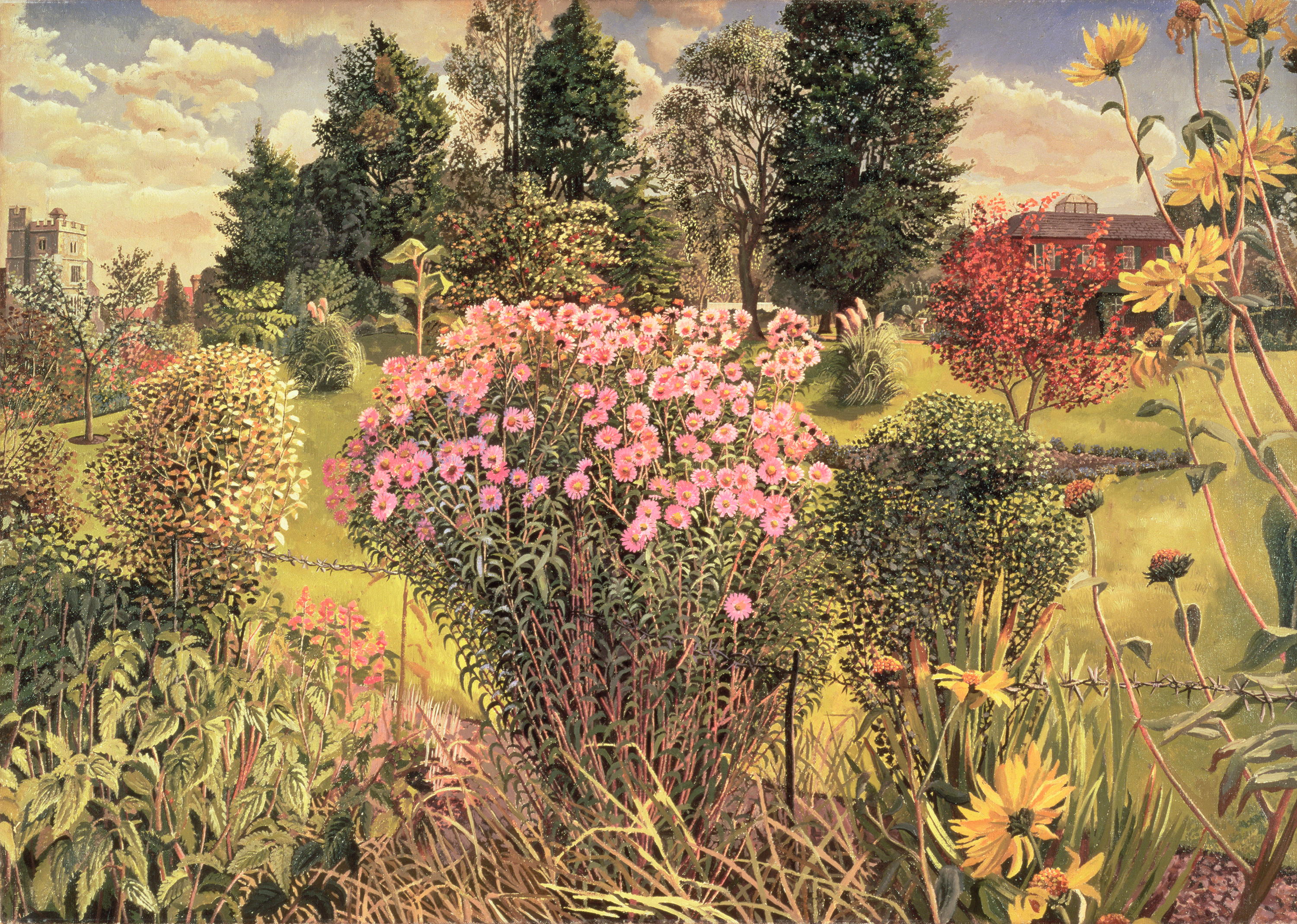
Bellrope Meadow by Stanley Spencer.
The life and times of Stanley Spencer
1891 Born on June 30, the eighth surviving child of William and Anna Spencer, in Cookham, Berkshire
1908 Attends the Slade School of Fine Art, after having been educated at home. His contemporaries include Paul Nash and Dora Carrington
1912 Exhibits in the English section of Roger Fry’s controversial Second post-Impressionist Exhibition, together with Duncan Grant and Vanessa Bell
1914 Rents a makeshift studio in Cookham, Wisteria Cottage, and comes to the attention of a prominent collector of modern art, Eddie Marsh, who buys Apple Gatherers and Self-Portrait

Stanley Spencer (1891-1959). Self-Portrait, 1923.
1915 Following the outbreak of the First World War, volunteers for ambulance duty with the Royal Army Medical Corps; is sent to Macedonia, where he remains until 1917, when he is ordered home after repeated bouts of malaria
1919 Meets Hilda Carline
1920 Undertakes a series of religious paintings, including Christ Carrying the Cross, for a private oratory in Buckinghamshire
1925 Marries Carline (three years after announcing their engagement); their first daughter, Shirin, is born in November
1927 First one-man exhibition, at Goupil Gallery in London. He begins mural paintings for the Sandham Memorial Chapel in Burghclere (completed 1932)
1930 Second daughter, Unity, born
1932 Elected Associate of the Royal Academy (RA); meets, and becomes infatuated with artist Patricia Preece, who encourages his affection, despite being herself in a long-term relationship with another woman, Dorothy Hepworth
1935 Resigns from the RA after it rejects St Francis and the Birds and The Dustman or The Lovers from the Summer Exhibition; Carline moves out of the family home
1937 Carline divorces Spencer; he marries Preece, who refuses to consummate their marriage; Spencer requests, but is refused, a second divorce. Unsuccessfully, he attempts a reconciliation with Carline
1940 The War Artists’ Advisory Committee sends Spencer to the shipyards of Glasgow to depict civilians at work
1950 Sir Alfred Munnings, outgoing president of the Royal Academy, brings an obscenity case against Spencer based on drawings in his scrapbook. The case is subsequently dropped and, in the same year, Spencer is appointed CBE
1955 Retrospective exhibition held at Tate
1958 Receives knighthood from Elizabeth II
1959 Dies of cancer on December 13
2011 Sunflower and Dog Worship is sold for £5.4 million, at the time a record sum for a modern British painting
This feature originally appeared in the issue of Country Life. Click here for more information on how to subscribe.
-
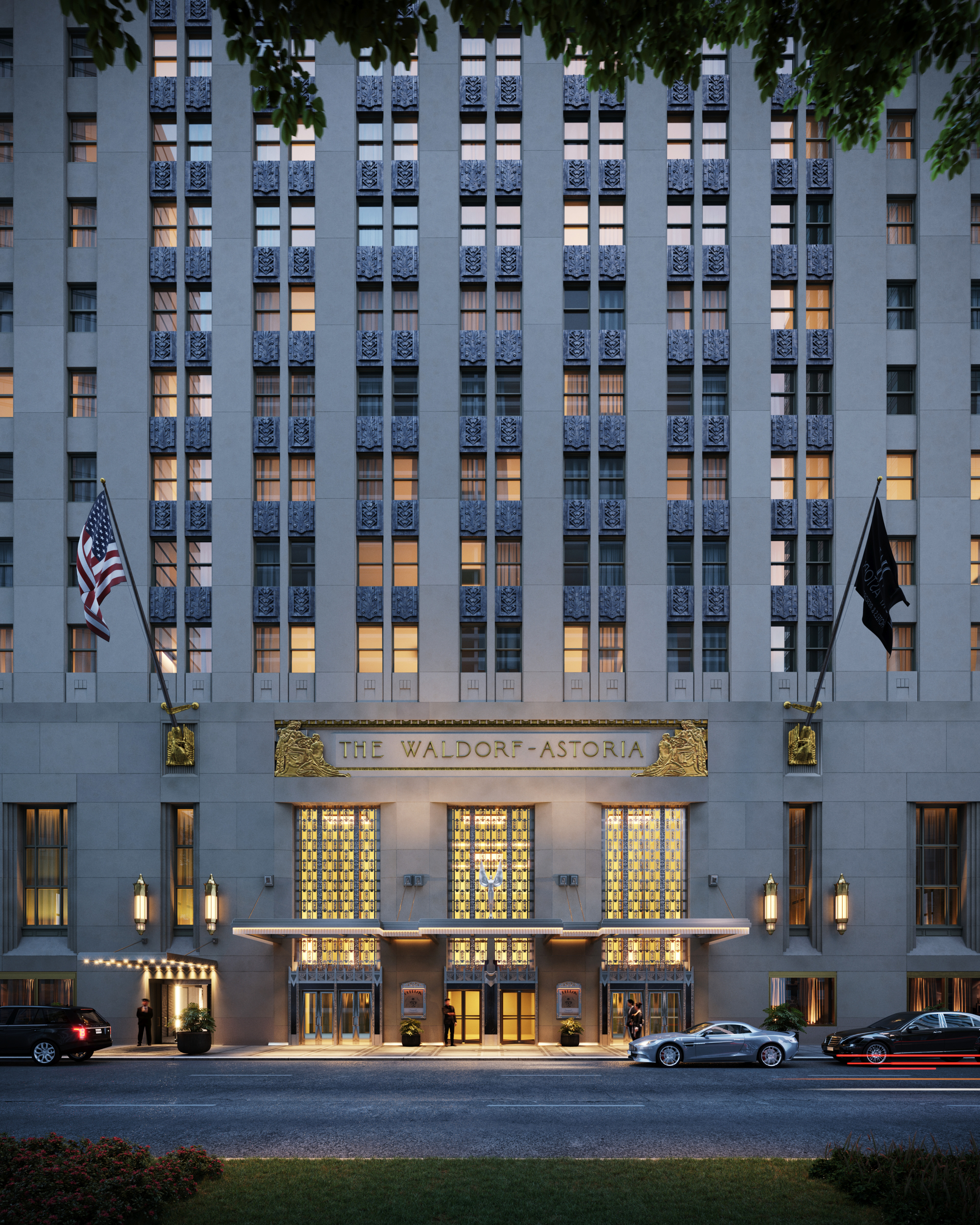 Waldorf Astoria New York review: The Midtown hotel where Frank Sinatra once partied and the salad of the same name was invented emerges from a decade-long renovation
Waldorf Astoria New York review: The Midtown hotel where Frank Sinatra once partied and the salad of the same name was invented emerges from a decade-long renovationOwen Holmes checks into the Waldorf Astoria New York hotel.
-
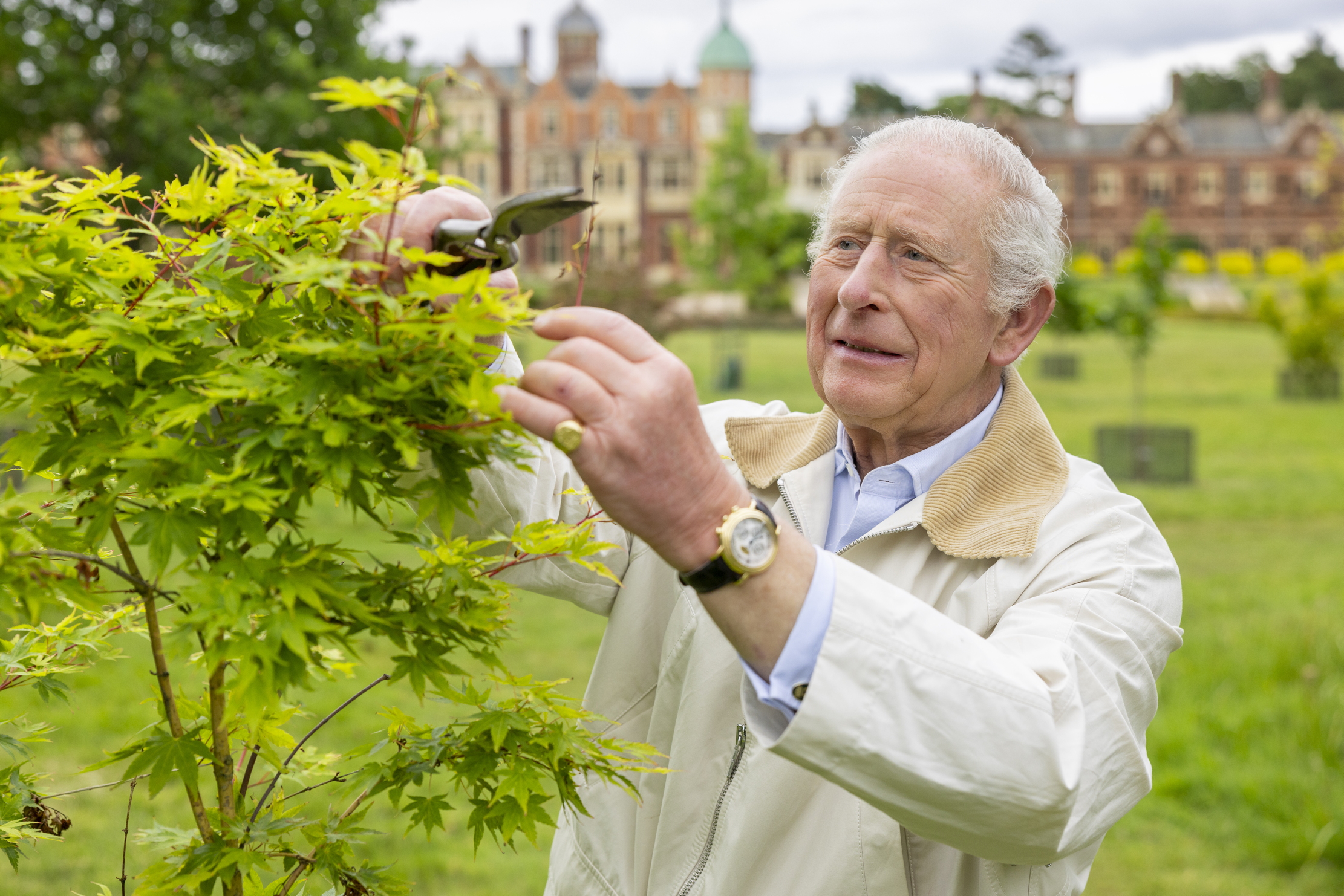 A royal success: The King's gardens at Sandringham
A royal success: The King's gardens at SandringhamIn only three years, The King has overseen a remarkable resurrection of the gardens and parkland at Sandringham. Charles Quest-Ritson visits
-
 The tourbillon watch is a masterpiece of order born out of tumult and disarray
The tourbillon watch is a masterpiece of order born out of tumult and disarrayWhat is it that makes the tourbillon — one the most beguiling instruments in watchmaking — tick?
-
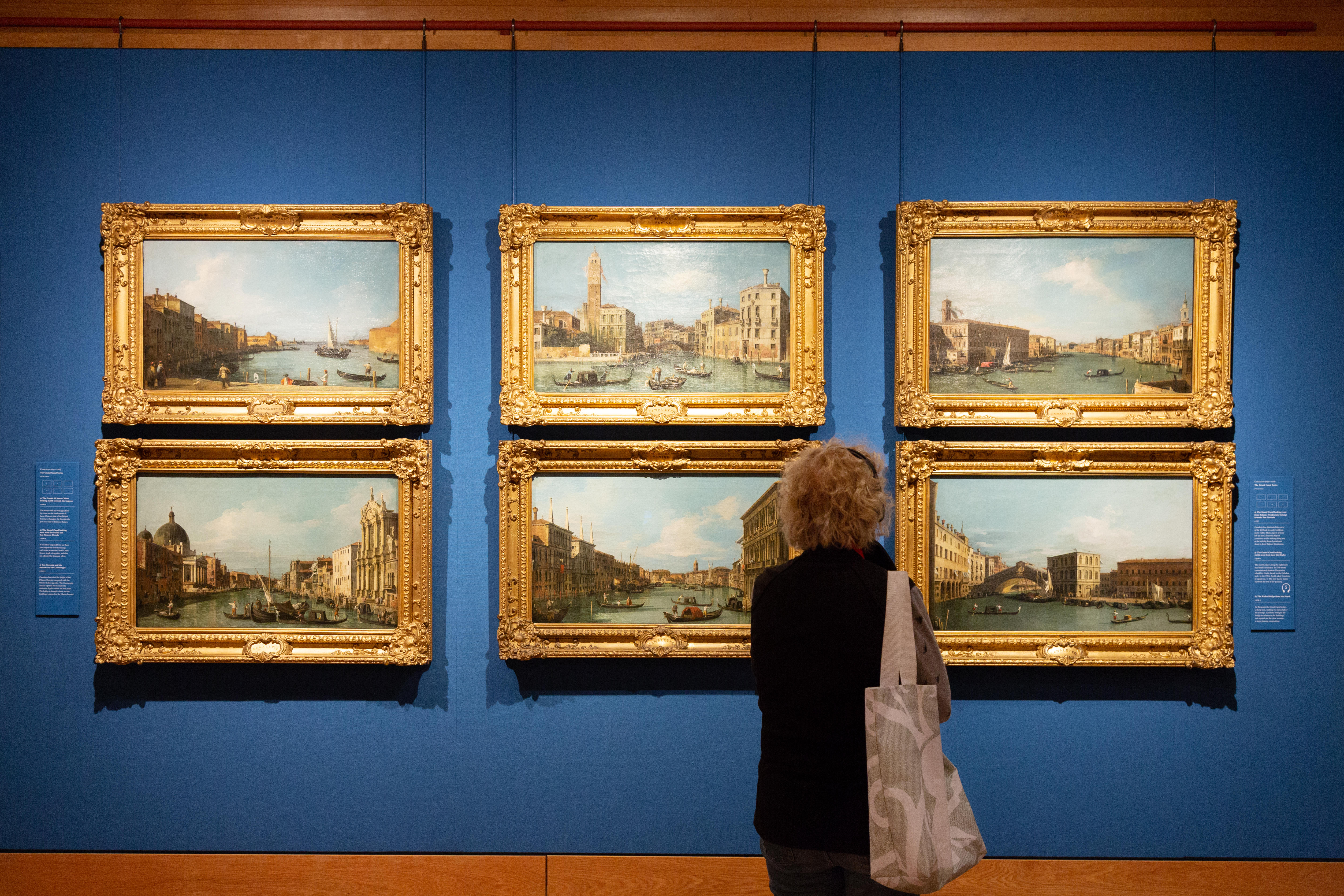 What a report on the spending of female billionaires tells us about the future of museum collections
What a report on the spending of female billionaires tells us about the future of museum collectionsBetween 2015 and 2024, the number of female billionaires grew from 190 to 344. Could this be good news for the art world?
-
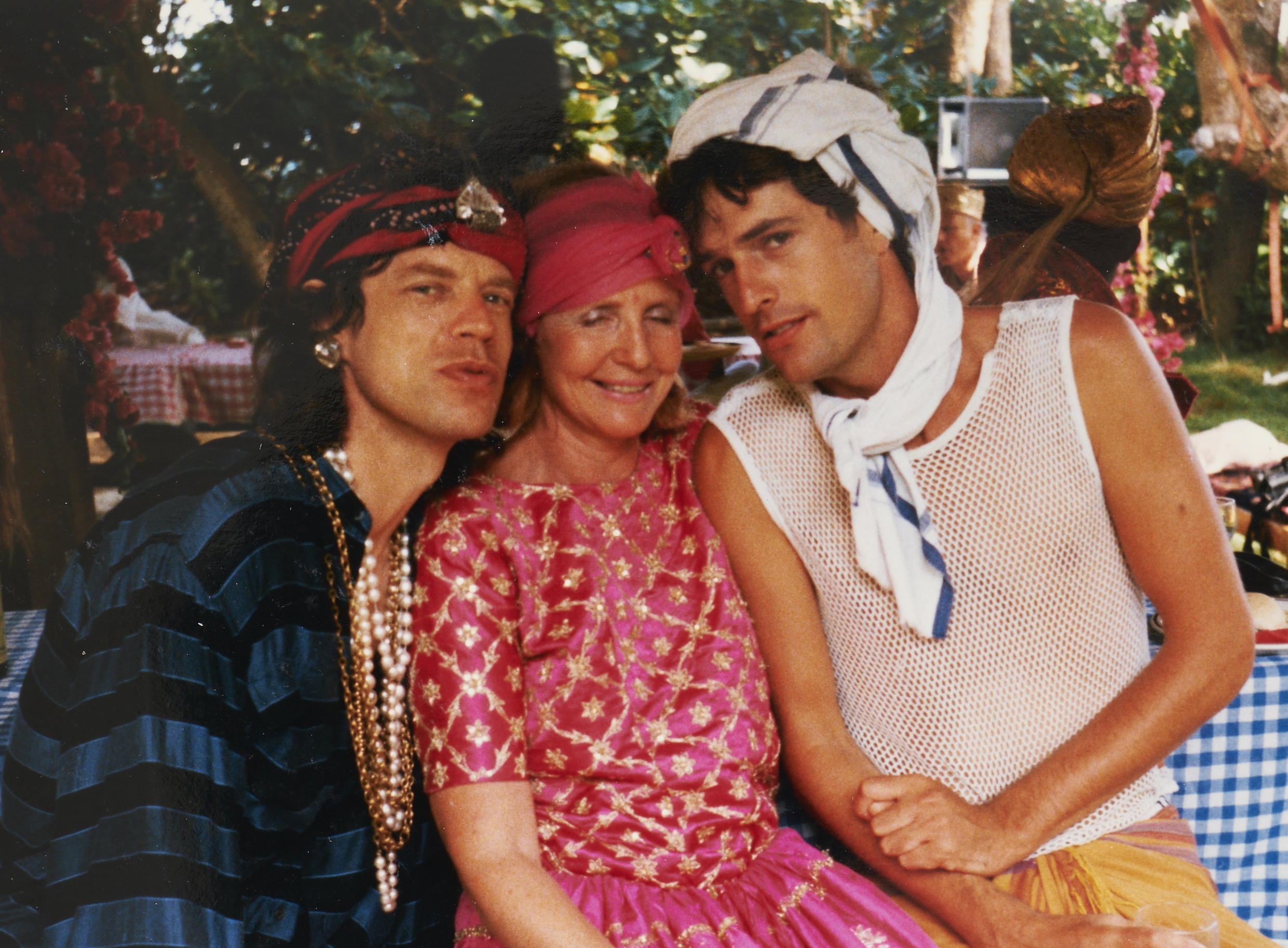 Items from the collection of Lady Glenconner are going under the hammer, including a nine-carat gold Cartier box gifted to her by Elizabeth II
Items from the collection of Lady Glenconner are going under the hammer, including a nine-carat gold Cartier box gifted to her by Elizabeth II‘I have had such great pleasure living with these wonderful objects, each telling their own fascinating story.’
-
 What do women want (on wheels)?
What do women want (on wheels)?James Fisher gets to drive fast cars for a living, but are sleek lines and high horsepower quite the 'babe magnets' so many men think they are? On a quest to find the truth, he dared do the unthinkable.... which was to just ask them.
-
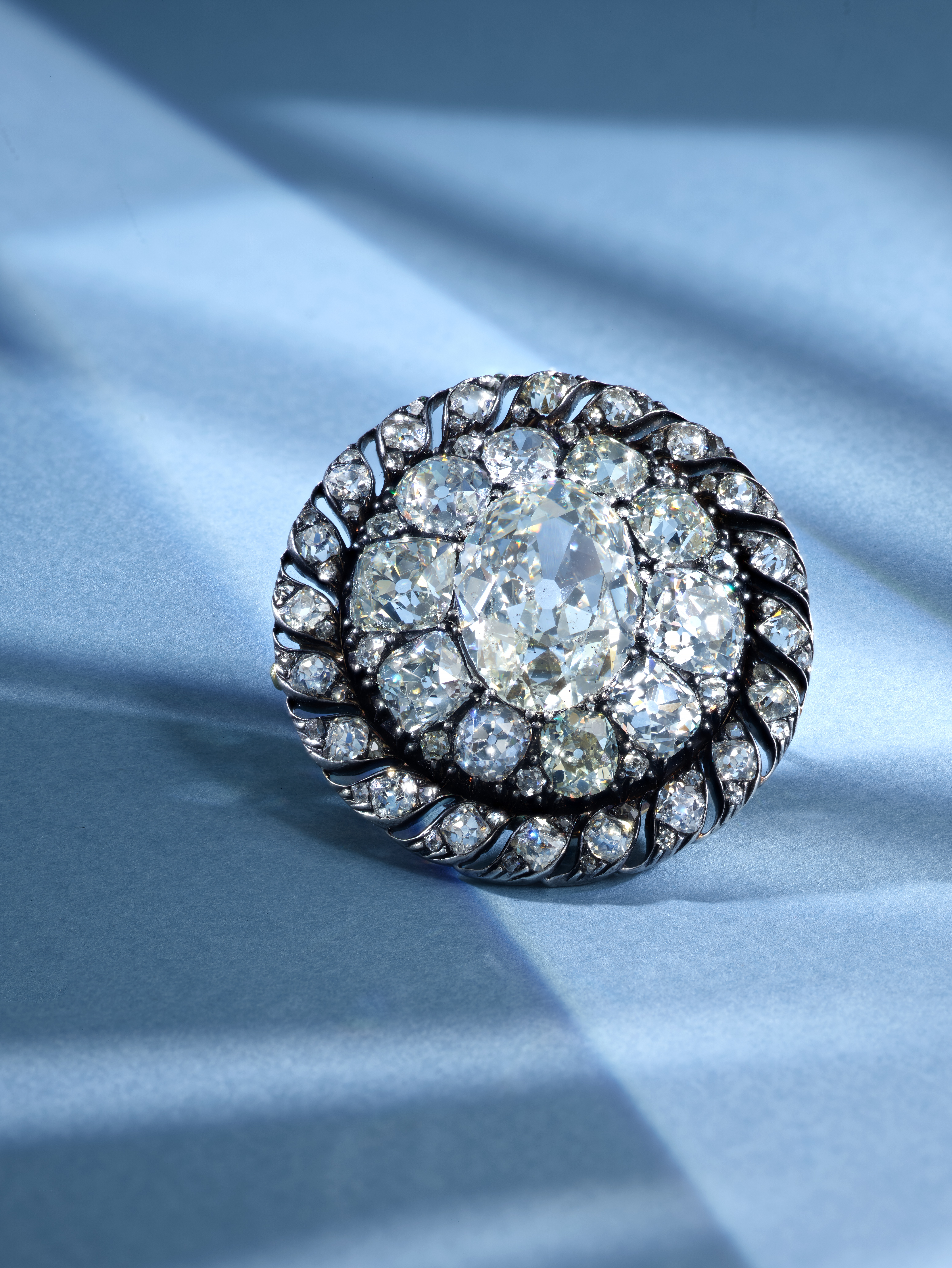 Cheaper to steal than to buy: Napoleon's brooch sells for £4.4 million – 17 times its estimate
Cheaper to steal than to buy: Napoleon's brooch sells for £4.4 million – 17 times its estimateNapoleon's one-of-a-kind brooch went under the hammer and vastly outstripped its pre-sale estimate.
-
 Savile Row might be the beating heart of bespoke men's tailoring, but it was named after a woman
Savile Row might be the beating heart of bespoke men's tailoring, but it was named after a womanSavile Row is the home of the bespoke suit, but its history is a lot more colourful than you might expect.
-
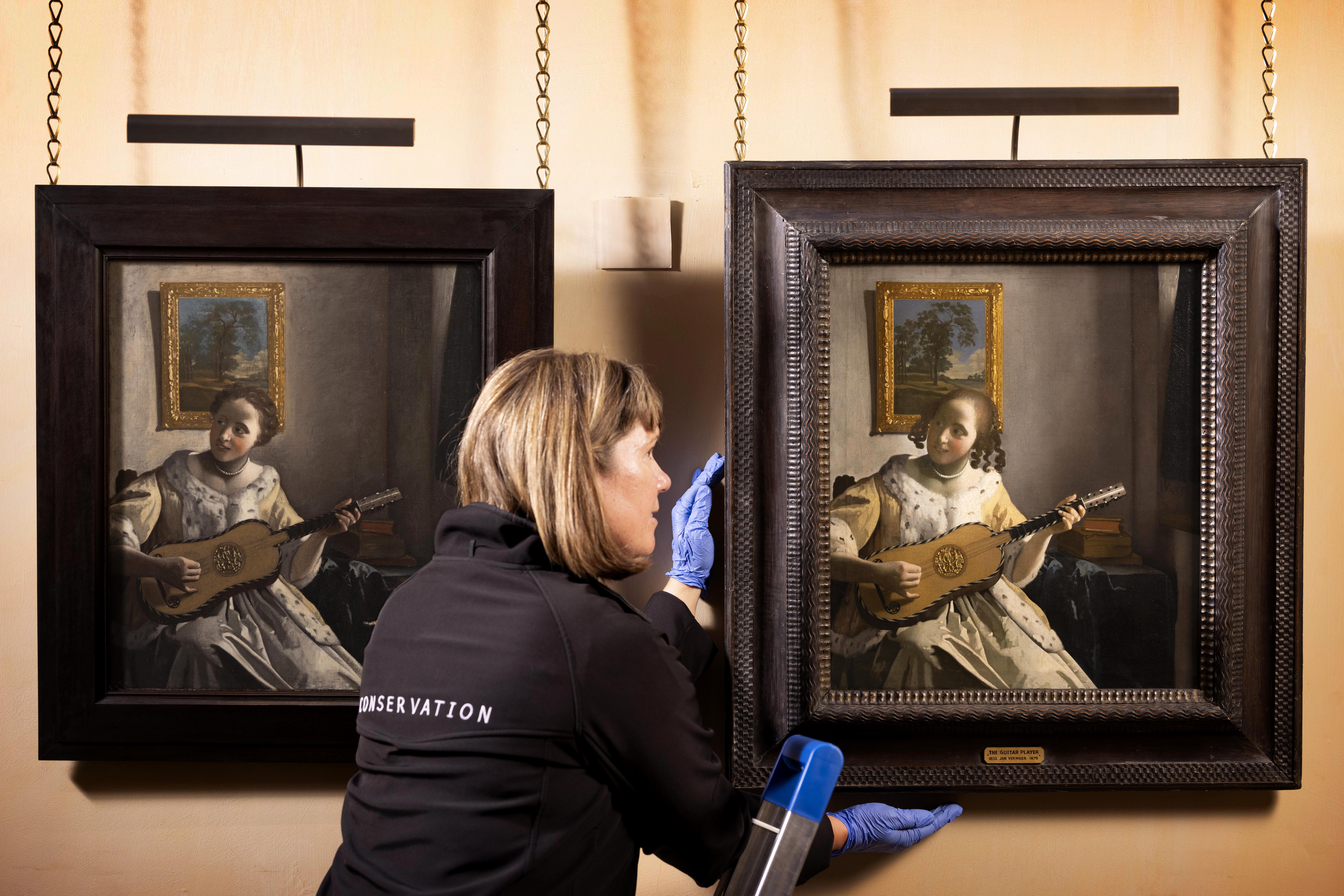 A painting owned by Edward Guinness is on display next to a near identical version at Kenwood House — but which one is the real Vermeer?
A painting owned by Edward Guinness is on display next to a near identical version at Kenwood House — but which one is the real Vermeer?A mini exhibition at Kenwood House allows viewers to ‘to practise their own connoisseurship’.
-
 What is everyone talking about this week: The great generational wealth transfer foretold by the financial press has already begun in the form of given heirlooms
What is everyone talking about this week: The great generational wealth transfer foretold by the financial press has already begun in the form of given heirloomsIf you're planning to propose to someone forget Graff or Cartier because it's time for tea with Granny.